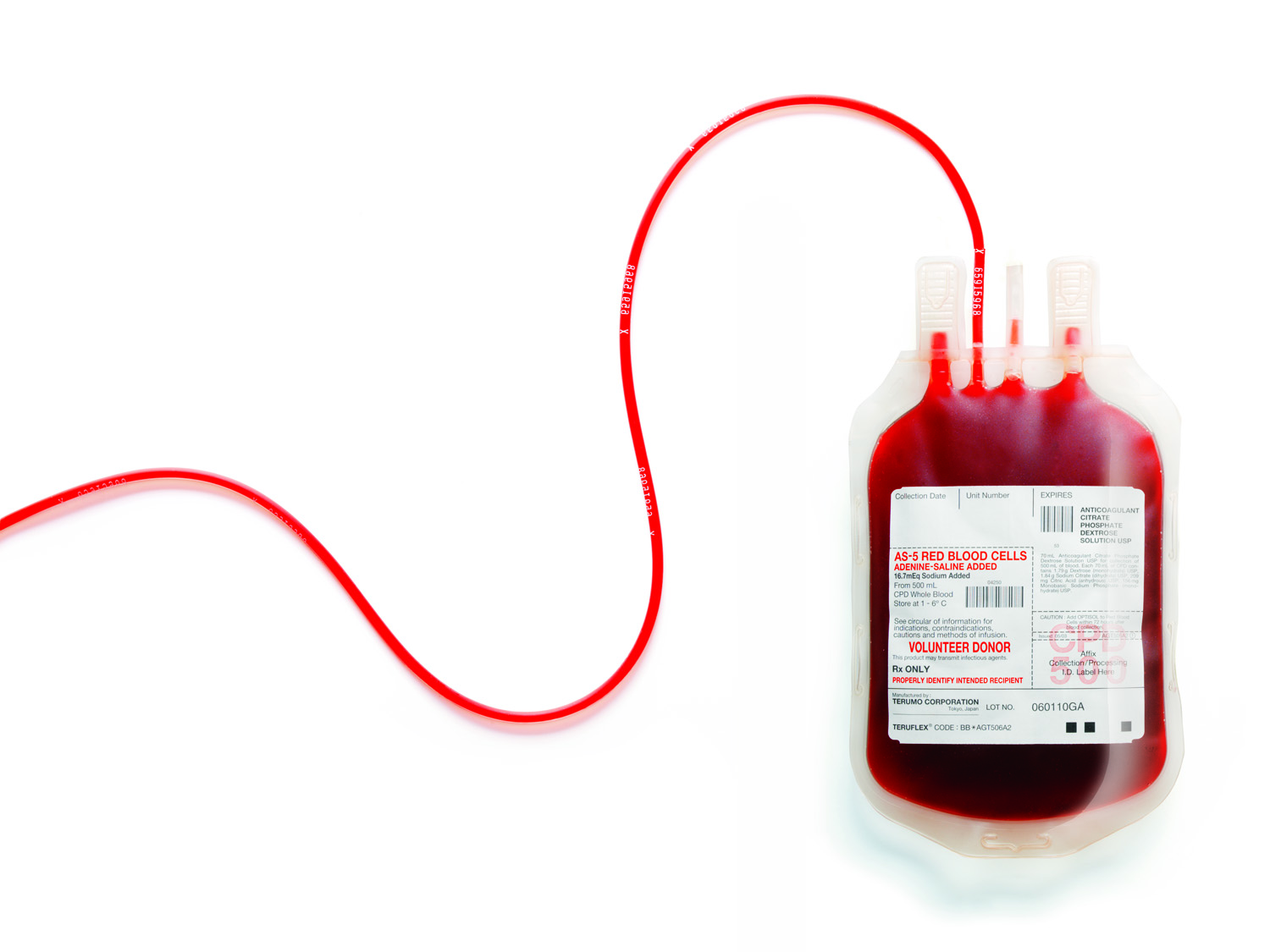
Every two seconds, someone in the United States needs blood, and every year, 6.8 million Americans respond to this need by donating their own.
But what happens to the blood after it’s collected and the donation crew leaves for the day? As it turns out, the collection is just the first step of a long series of actions to prepare the blood to help save lives.
Step 1: Donation
- Health history taken
- Collection
- Transportation
Step 2: Processing
- Blood components (red cells, platelets, and plasma) separated by spinning in a centrifuge (a machine with a rapidly rotating container that applies centrifugal force to its contents, typically to separate fluids of different densities or liquids from solids)
Step 3: Testing
- Blood sample tested for blood type, bacteria, or infectious disease
- Samples testing positive for disease are discarded and donors notified
Step 3: Storage
- Red Cells stored in refrigerators at 6ºC for up to 42 days
- Platelets stored at room temperature for up to 5 days
- Plasma frozen for up to one year
After going through this process, blood is ready to be shipped wherever there is a need.
For every donation, three lives could be saved, yet only 10% of the eligible population chooses to give blood. You could make the difference.
